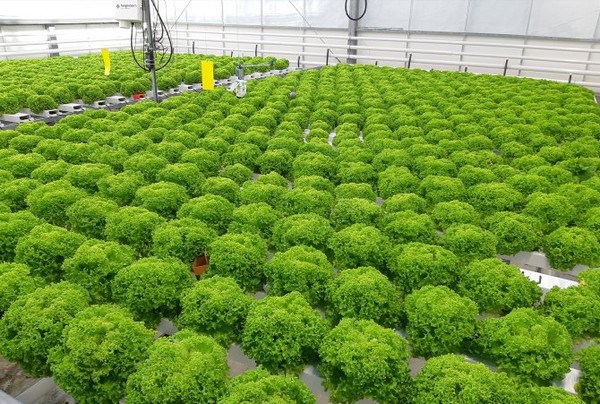The five participating teams of the 3rd Autonomous Greenhouse Challenge are now in the final phase of this year’s competition. This phase revolves around the real, remote, and autonomous growing of hydroponic lettuce production using artificial intelligence. The aim is to achieve the highest possible net profit. To evaluate the potential of full autonomy, intermediate adjustments of the teams’ algorithms running on Virtual Machines are restricted. The winner of the 3rd edition of the Autonomous Greenhouse Challenge, which is organized by the Business Unit Greenhouse Horticulture and Flower Bulbs of Wageningen University & Research and sponsored by Tencent, will be announced on 1 July during the 1st International Autonomous Greenhouse event.
WUR started the Autonomous Greenhouse Challenge in 2018. After two editions of growing cucumber and cherry tomato crops remotely, at the beginning of 2021, the 3rd edition started with an online challenge and then a hackathon. Five international teams are currently growing lettuces from a distance using algorithms of artificial intelligence and computer vision algorithms to steer and monitor the greenhouse climate and crop decisions.

The teams consist of students and scientists from various IT-related disciplines and horticulture experts. A sixth reference compartment is controlled by a team of WUR researchers. The teams have developed their own control and vision algorithms that have been tested during a successful try-out experiment in the early spring of 2022.
Keeping in mind the lessons learned from the validation experiment, time was given for refining the algorithms before the second and last experiment, which started at the beginning of May. Interim adjustments of the algorithms are now only possible at a cost charge. Teams, therefore, need to consider the trade-off between the costs of modifying their algorithms and the expected positive effect of their intervention on the final net profit. The end growing dates are expected mid-to-end of June but solely rely on the control strategies and decisions made by the algorithms. The operational decisions and images of the growing crops can be seen on our live dashboard.
 For more information:
For more information:
Wageningen University & Research
www.wur.nl
